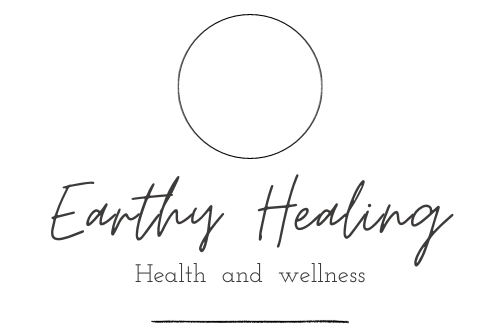Introduction:
Nature grounding, also known as “earthing,” involves direct skin contact with the surface of the Earth, such as barefoot walking on grass. This practice is based on the idea that connecting to the Earth’s natural charge can yield numerous health benefits, from reducing inflammation and improving sleep to enhancing well-being. Recent scientific research supports the therapeutic effects of grounding, providing a fascinating insight into how reconnecting with our planet can improve human health.
What is Nature Grounding?
Nature grounding is the practice of making contact with the Earth’s surface electrons by walking barefoot outside or sitting, working, or sleeping outdoors that are conductive systems. The Earth maintains a negative electrical potential on its surface. When you are in direct contact with the ground (walking, sitting, or lying down on the Earth’s surface), the earth’s electrons are conducted to your body, bringing it to the same electrical potential as the earth.
Health Benefits of Nature Grounding
- Reduction of Inflammation: Studies have shown that grounding can reduce inflammation in the body, which is often a cause of numerous chronic diseases.
- Improvement in Sleep: Connecting with the Earth’s natural energy can help improve sleep patterns by normalizing the day-night rhythm of the stress hormone cortisol.
- Decrease in Stress Levels: Grounding has been found to alter the electrical activity of the brain, as shown in EEG results, fostering a calming effect.
- Enhancement of Cardiovascular Health: Research suggests grounding can improve blood flow and viscosity, which in turn can boost cardiovascular health.
- Boost in Immunity: By reducing inflammation and stress, grounding can strengthen the immune response.
Implementing Nature Grounding in Your Routine
- Start Small: Begin by walking barefoot on natural surfaces such as grass, soil, or sand for at least 30 minutes daily.
- Use Grounding Equipment: For those who cannot regularly make direct contact with the ground, consider grounding mats, sheets, or socks that can be used indoors to similar effect.
- Combine with Meditation or Yoga: Incorporate grounding into your yoga or meditation practice by doing these activities outside, directly on the Earth.
Safety and Considerations
Grounding is generally safe for most individuals. However, it’s important to consider:
- Environment: Choose environments that are clean and free from potential hazards such as broken glass or harmful objects.
- Weather Conditions: Avoid grounding in extreme weather conditions that could pose risks, such as lightning storms or extreme cold.
- Individual Health Conditions: People with conditions that affect their ability to regulate blood electrolytes, such as those with kidney disease, should consult with a healthcare provider before starting grounding practices.
Conclusion:
Nature grounding is a simple, powerful, and cost-effective way to enhance health and well-being by tapping into the Earth’s natural energy. As more people seek holistic approaches to health care, grounding offers an accessible solution to reduce stress, improve cardiovascular health, boost immunity, and support overall wellness. Whether in a park, your backyard, or at a local beach, taking the time to connect with the Earth could be a key to unlocking better health and increased vitality.

